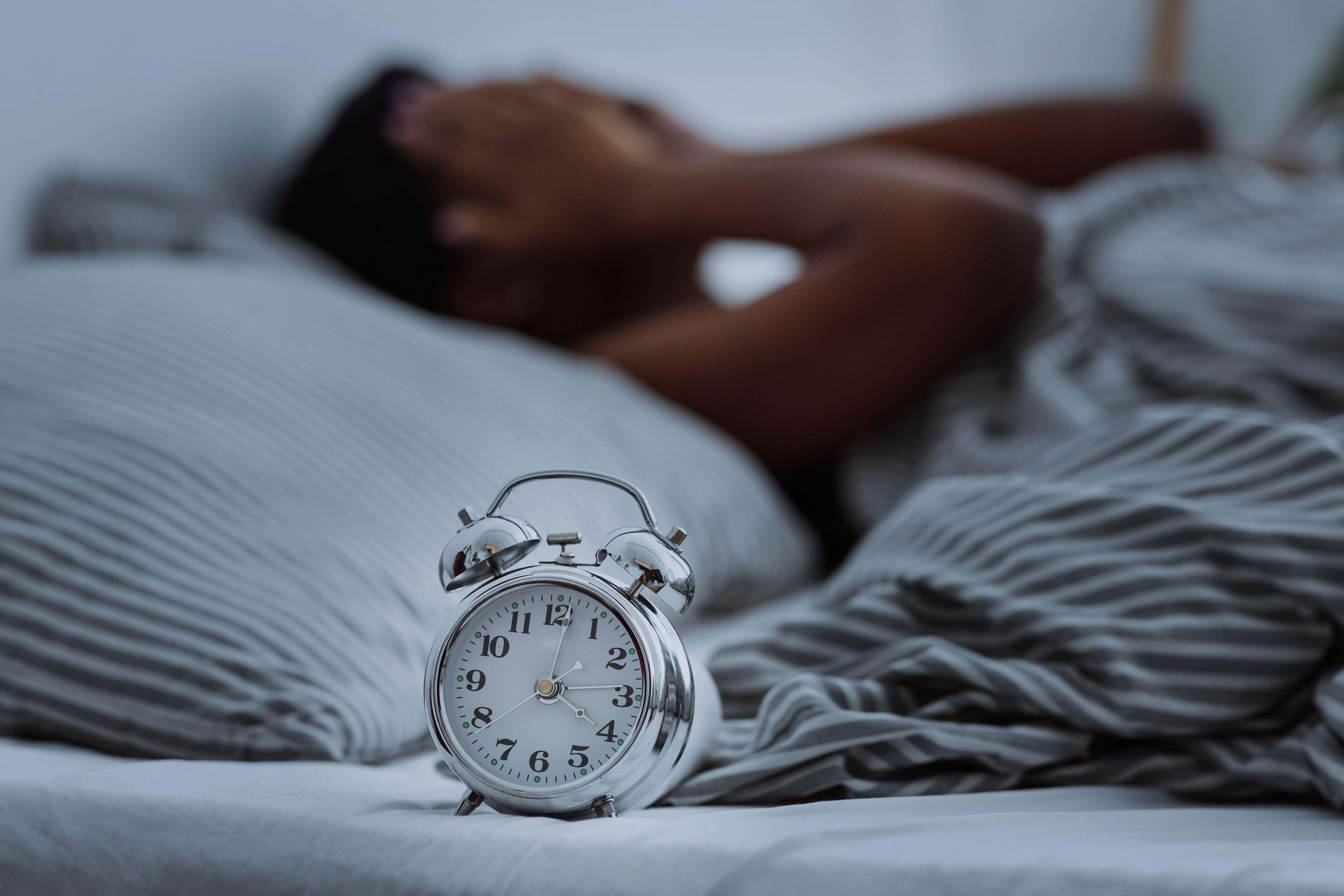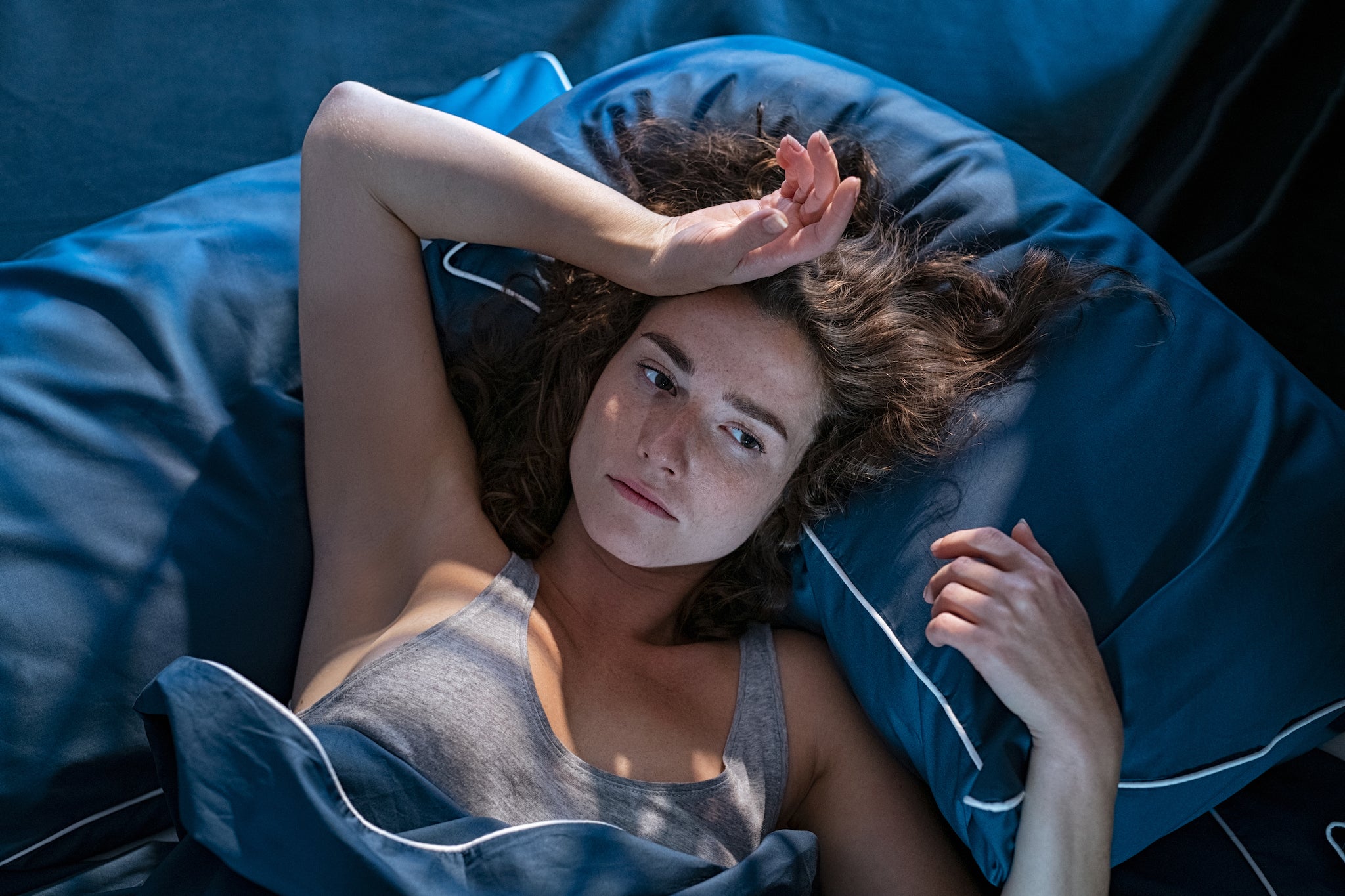How exercise can help cure insomnia
Even people who had not exercised previously were 21% more likely to be normal sleepers than those who were persistently inactive

Exercising twice a week or more significantly cuts the risk of insomnia, according to a long-term study.
People who do regular exercise are 42% less likely to have difficulty falling asleep than those who are inactive, and are 22% less likely to report any symptoms of insomnia.
The research, published in the journal BMJ Open, also found that people who kept exercising in the long term were significantly (55%) more likely to be normal sleepers (six to nine hours a night) than those who did not exercise.
They were also significantly less likely (29%) to be short sleepers (six hours a night or less) and 52% less likely to sleep for a very long time (over nine hours a night).
Even people who had not exercised previously, but who then took up exercise over the study period, were 21% more likely to be normal sleepers than those who were persistently inactive.
For the research, experts examined data from nine European countries involving 4,339 people, around half of whom were women.
Those in the study were asked questions on their exercise levels at the start, then asked again a decade later.
They were also quizzed on insomnia symptoms, such as how often they had difficulty falling asleep, staying asleep or waking too early – and how long they slept for on average.

People who exercised two or more times per week, for at least one hour per week, were classed as physically active.
If they were still exercising at this level a decade later, they were classed as persistently active (25% of people), while 37% of people were persistently non-active, 18% became active and 20% became inactive.
Analysis of the data showed that “physically active people have a lower risk of some insomnia symptoms and extreme sleep durations, both long and short”.
However, the researchers, including from Imperial College London and Reykjavik University in Iceland, warned that the benefits could be lost if people stopped exercising.
Huw Edwards, chief executive of ukactive, the UK’s trade body for the physical activity sector, said: “Physical activity has a huge role to play in our physical and mental health, with benefits such as better sleep, reduced stress and anxiety, and improved productivity, social connection and wellbeing.
“This study shows the essential role that physical activity can play in lowering the risk of insomnia and we know that a good night’s sleep helps us to feel better and be more productive the following day.
“Our own research shows that one of the main motivations for exercising in the UK today is to help people sleep better, so it is essential that everyone feels supported to be physically active in their daily lives.
“We want to make the UK the most active nation in Europe, which would bring savings of up to £1bn a year in healthcare spending linked to physical inactivity, and an additional £3.6bn in GDP through increased productivity.”
The new study found that people in Norway were most likely to be persistently active while those in Spain, followed by Estonia, were most likely to be continually inactive.
People who exercised the most were likely to be men, younger and to weigh slightly less.
They were also less likely to be current smokers and more likely to be currently working.
Join our commenting forum
Join thought-provoking conversations, follow other Independent readers and see their replies
1Comments